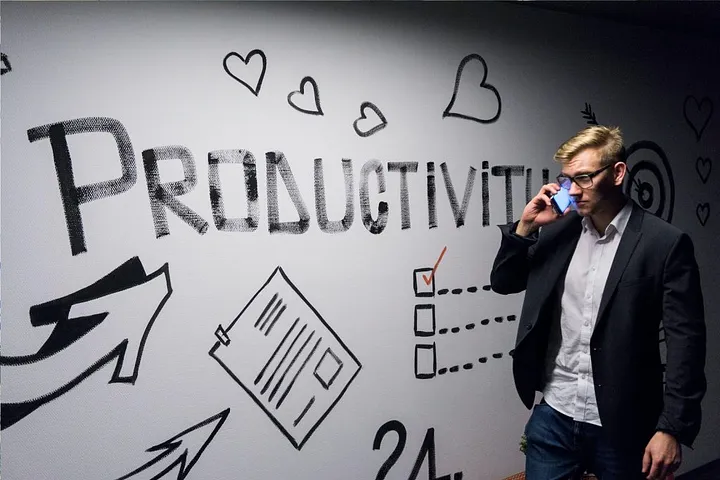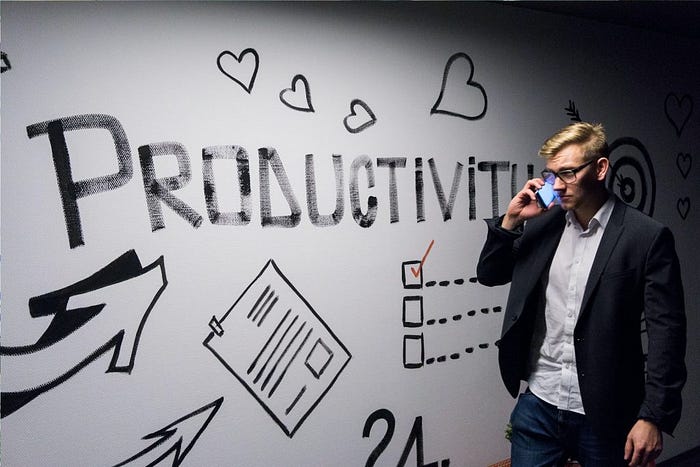
Hiring and developing the right talent is crucial for organizational success. This article explores best practices for assessing candidates, evaluating current employees, and optimizing team performance through productivity employee evaluation.
Defining Competency Assessment
Competency assessment involves evaluating an individual’s skills, knowledge, abilities, and traits needed to excel in a role. Assessment methods include:
- Interviews to gauge strengths and experience
- Skills testing to validate capabilities
- Psychometric evaluations of personality fit
- Work simulations such as writing samples
Organizations use competency assessment for:
Recruiting
First, identify the ideal candidate profile, including required competencies. Then assess applicants against this benchmark. Select top performers demonstrating the strongest capability fit through productivity employee evaluation.
OnboardingRe-evaluate competencies during the probation period, with a keen eye on maintaining employee morale. Monitor work processes and outputs to confirm desired skills and behaviors appear as advertised.
Development Planning
Assessments pinpoint competency gaps to target with coaching, mentorship, training, and stretch assignments. Develop customized learning plans to elevate performance through productivity employee evaluation.
Succession Planning
Use assessments to identify high-potential future leaders. Gauge capabilities needed for advancement and provide growth opportunities to ready successors through productivity employee evaluation.

Evaluating Potential
While competency focuses on current fit, potential assessment gauges a person’s ability to take on increased responsibility in the future. Common methods include:
- Psychometric tests measuring leadership capacities
- Role-play simulations to assess responsiveness under pressure
- Reviews of past performance and growth
Potential assessment informs decisions such as:
- Promotions to roles requiring greater skill levels
- Inclusion in succession planning and leadership pipelines
- Individual development plan creation to hone high-impact abilities
Evaluating Cultural Fit
Cultural fit assessments evaluate how well an individual aligns with company values and behavior expectations. Tactics include:
- Interview questions probing attitude and motivations
- Reference checks inquiring about the person’s preferred work style
- Scenarios to see if the candidate’s approach mirrors company norms
- Assessment of conduct during probationary employment
Gauge alignment with organizational culture prior to hire and continuously on the job. Lack of fit often surfaces through disengaged behaviors. Redirect promptly when needed through productivity employee evaluation.
Performance Appraisal Fundamentals
Performance appraisals measure employee contributions and results against goals and standards. Common elements include:
- Goal setting — Agree on targets aligned with organizational objectives
- Progress monitoring — Track milestone achievement throughout the year
- Self-review — Individuals assess their performance
- Manager assessment — Evaluate execution and results
- Feedback exchange — Discuss summaries and set future goals
Consistent performance evaluation:
- Ties rewards to outcomes through merit pay
- Identifies needs to refine processes or enhance skills
- Indicates top talent for promotion and leadership development
Quantitative Metrics
Performance metrics provide tangible evidence of results against targets, including:
- Sales volumes, margins, growth
- Project budgets, schedules, quality
- Productivity rates, cycle times
- Customer satisfaction, loyalty
Determine the most meaningful figures for each role. Monitor statistics regularly. Use facts to reinforce excellent performance.
Qualitative Behaviors
Alongside hard numbers, evaluate key behaviors including:
- Reliability — Completes quality work consistently and on time
- Collaboration — Works constructively with team members and partners
- Initiative — Seeks opportunities and takes action without prompting
- Adaptability — Embraces change and learns new methods
- Creativity — Generates innovative solutions and breakthroughs
Set clear expectations for success profiles and desired actions. Recognize those modeling habits that reflect company values.

Performance Distribution
When rating personnel, enforce reasonable distribution guidance such as:
- 10% Exceeds expectations (role models)
- 20% Surpasses expectations (strong performers)
- 60% Meets expectations (solid capabilities)
- 10% Below expectations (performance improvement needed)
Avoid inflating ratings. Honest appraisal identifies low-end outliers needing help.
Development Planning
Leverage performance reviews to create targeted development plans. Options include:
- Coaching to improve weak areas
- Training to gain new skills
- Job rotation for cross-training
- Special project assignments to build knowledge
Document growth goals, on-the-job learning options, and track progress periodically. Development boosts engagement.
Enhancing Workplace Performance: The Power of Productivity Employee Evaluation
Beyond individual assessment, evaluate group effectiveness. Analyze:
- Results — Does the team deliver on expected outcomes?
- Relationships — Do members collaborate cohesively?
- Efficiency — Are workflows lean and smooth?
- Adaptability — Does the group readily adjust to new demands?
- Capability balance — Are essential skill sets represented?
Facilitate open discussions on what works well and what needs refinement. Guide teams toward optimal functioning.
Team Development Steps
- Conduct working sessions focused on goals, processes, and problem-solving.
- Foster informal connections between team members.
- Cross-train to share expertise across disciplines.
- Discuss styles and preferences to improve collaboration.
- Reward group accomplishments, not just individual achievements.
New Team Integration
When groups merge due to restructuring:
- Clarify collective mission and each member’s role.
- Facilitate relationship building through off-sites and social events.
- Proactively address past frustrations or conflicts.
- Highlight benefits of expanded capabilities and perspective.
Remote Collaboration
When team members work virtually:
- Use video conferences to reinforce connections.
- Schedule online social activities to simulate hallway chats.
- Provide digital spaces for informal knowledge sharing.
- Communicate frequently via multi-media channels.
- Create a rhythmic schedule of touchpoint meetings.
Conclusion
In conclusion, the journey to workplace excellence begins with effective productivity employee evaluation. By embracing the insights gained from this process, organizations can place individuals accurately, support growth needs, and optimize their human capital capabilities. Remember, the key to sustained success lies in continually refining your approach to productivity employee evaluation.
Read also:
8 Worst Causes of Demotivation in the Workplace
Remote Work Benefits for Companies: 6 Strategies for Success




























